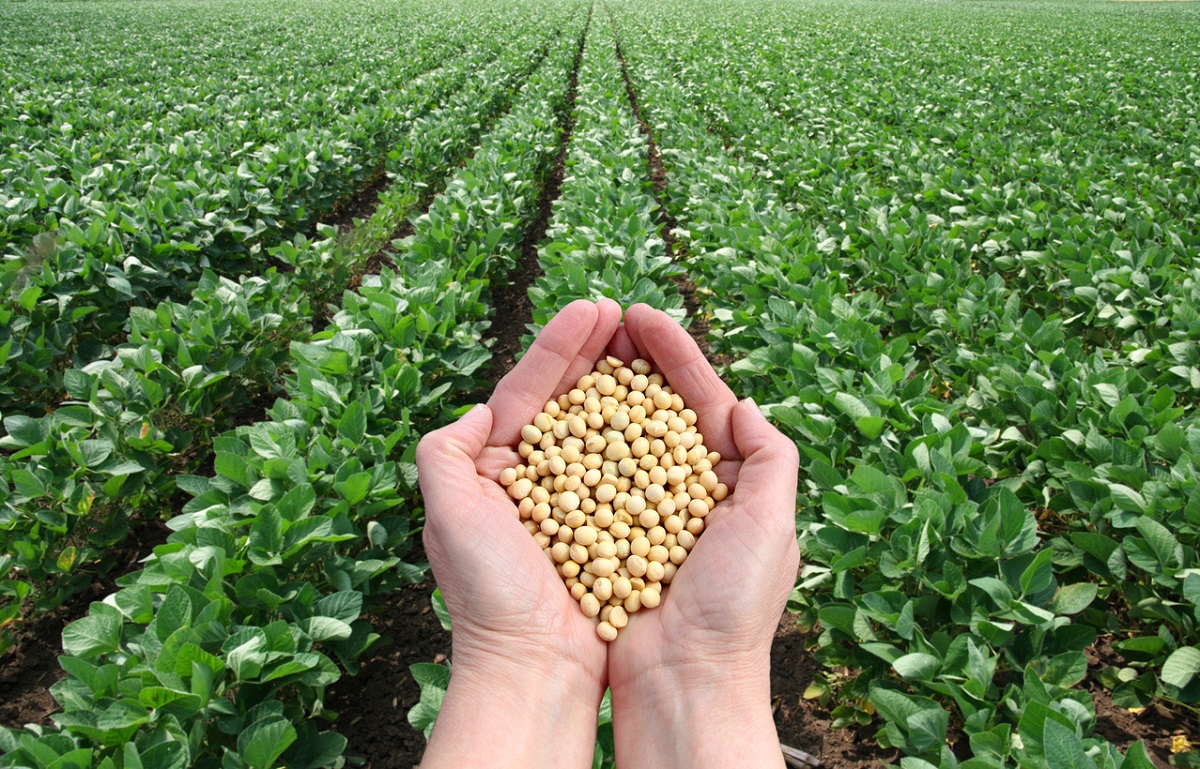
Argentina Updates its Regulatory Policies on Environmental Risk Assessment
February 2, 2022| |
Argentina based the revisions to its regulatory framework on the current global scientific advances and the country's 30 years of experience and lessons learned, specifically on establishing the absence of new or increased risks with respect to the previously assessed genetically modified (GM) crops.
The environmental risk assessment (ERA) process went through a review-evaluation in 2020 and 2021. The following modifications were made to the ERA:
- The assessment of stacked GM crops must focus on the possibility of interaction between novelty traits and genes, considering the possibility of epistasis between introduced genes or interaction between expression products in related metabolic pathways.
- The ERA process was strengthened in consideration of the transportability of data and conclusions from confined field trials, based on the fact that these conclusions are analyzed in a wide range of environmental conditions and are transportable to other geographies regardless of the agro-climatic and agro-ecological conditions.
- Applicants have the option to report if the expression products have familiarity or a history of safe use. The aim of this revision is to avoid the redundancy of information declared in the different ERA applications.
- Applicants have the option to explain the unintended effects of insertional sites in relation to the risk of the GM crop in the agro-ecosystem according to what has been observed in the agro-phenotypic studies.
- Lastly, the insect resistance management plan was improved for the benefit of applicants and the regulatory system as a whole.
Argentina's regulatory system has been proactive, dynamic, and science-based to maintain high biosafety standards. The continuous process of updating their policies allows the Argentinian regulators to efficiently address new challenges that may arise as the field of biotechnology advances.
Learn more from Frontiers in Bioengineering and Biotechnology.
| |
You might also like:
- UK Report Compares EU Approaches on Food Safety Regulation of Novel Foods and GMOs with Other Countries
- Traceable Drought-Tolerant Wheat Products Set for Argentina, Brazil Consumers
- The Regulatory Landscape for Genome-edited Plants is Rapidly Changing, Experts Say
Biotech Updates is a weekly newsletter of ISAAA, a not-for-profit organization. It is distributed for free to over 22,000 subscribers worldwide to inform them about the key developments in biosciences, especially in biotechnology. Your support will help us in our mission to feed the world with knowledge. You can help by donating as little as $10.
-
See more articles:
-
News from Around the World
- IITA Scientists Identify Markers Associated with Resistance to Banana Weevil
- African Experts Underscore Importance of Youth Participation in Access and Benefit-sharing of Genetic Resources Negotiations
- US Backs Biotech Potato Research for Asia, Africa
- UMass Amherst Researchers Identify Genes for Flower Formation
- University of Florida Scientists One Step Closer Toward Crops That Make Own Nitrogen
- Argentina Updates its Regulatory Policies on Environmental Risk Assessment
- Australia's OGTR Releases Report on Herbicide Tolerance Review
- Researchers Use Wild Relatives to Breed Eggplants with New and Improved Traits
-
Research Highlights
- Transgenic Common Bean Lines Show Multiple Resistance to Three Viruses
-
Plant
- Report Explores Future Applications of Genomic Science
- Researchers Propose Framework for Classifying GMOs and Genome-edited Organisms
- Scientists Develop Shorter Canola to Minimize Lodging
-
Read the latest: - Biotech Updates (December 17, 2025)
- Gene Editing Supplement (December 17, 2025)
- Gene Drive Supplement (February 22, 2023)
-
Subscribe to BU: - Share
- Tweet

